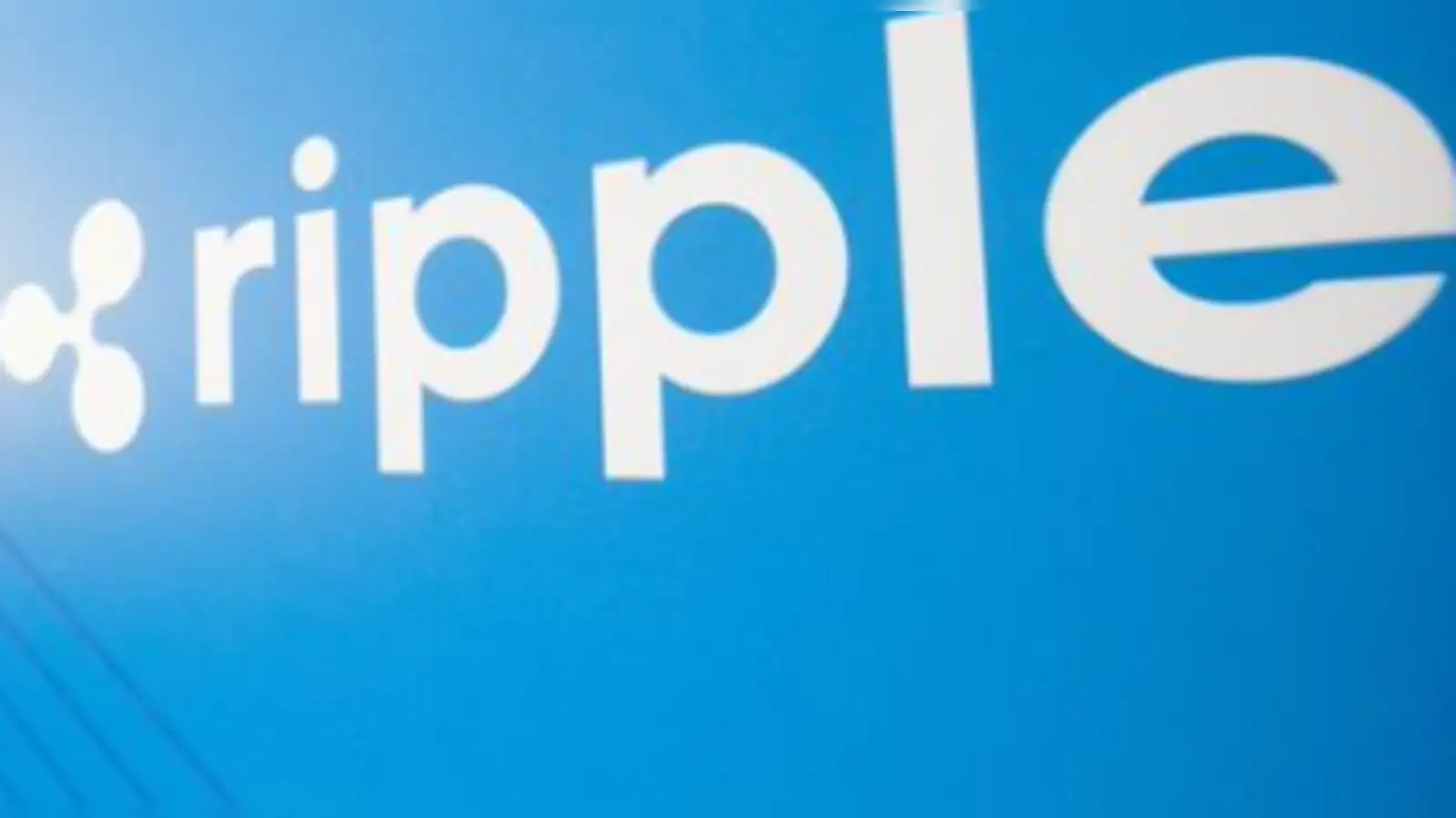Guggenheim Treasury Services has officially chosen the XRP Ledger to issue its Digital Commercial Paper (DCP), expanding Ripple’s role in institutional finance. The asset, secured by U.S. Treasuries and rated Prime-1 by Moody’s, is now live on the public blockchain.
Tokenized and managed through the Zeconomy platform, DCP brings institutional-grade fixed income directly onto the XRP Ledger. The switch allows settling in less time, lower transaction expenses, as well as access to the market 24 hours a day to qualified institutional investors.
Also Read: XRP Price Surge Sparks $4.26B Frenzy as Traders Eye Massive Breakout
DCP is issued in a bankruptcy-remote entity, Great Bridge Capital Company, providing additional security to investors. Maturity-matched U.S. Treasury securities fully collateralize the asset, and each unit is available at custom maturities of up to 397 days.
Since its initial launch in September 2024, DCP has surpassed $280 million in issuance volume. Its shift to the XRP Ledger means that the offering can now be run on an infrastructure that can support institutional-level demand.
The XRP Ledger has been running since 2012 and has achieved more than 3.3 billion transactions with zero downtime and zero security incidents, supporting more than 200 validators across the world. This reliability in operations is one of the factors that make it attractive among institutional users.
Tokenized Treasury Instruments Gain Ground Through Strategic Blockchain Integration
By selecting XRPL, Guggenheim aligns with Ripple’s broader strategy to position the network as a key player in tokenized financial products. The DCP is now fully integrated into Zeconomy’s digital asset management tools, enabling automated issuance and lifecycle governance.
This development opens a path for DCP to be embedded in cross-border payment systems, enhancing treasury management and liquidity flows for large institutions. It also responds to rising interest in onchain, yield-bearing instruments that can be used as collateral.
According to Ripple’s Vice President of RippleX, Markus Infanger, institutions no longer doubt the viability of blockchain but are now exploring how to scale regulated products. DCP mirrors that change and are a demonstration of the growing size of real-world assets entering XRPL.
A recent market evaluation by Ripple and BCG projects that tokenized real-world assets may expand by more than 600 times in terms of value by 2033, reaching close to $19 trillion. It is predicted that bond-based products, such as DCP, will spearhead that change as more institutions adopt blockchain-supported infrastructure.
Ripple will support DCP through investment, building on its previous commitments to tokenized treasury assets via initiatives such as Ondo’s OUSG and Archax’s offerings.
Conclusion
Guggenheim’s adoption of the XRP Ledger for its commercial paper signals growing institutional confidence in Ripple’s network. This move strengthens Ripple’s position in the regulated financial space while advancing the real-world use of tokenized fixed-income assets.
Also Read: Understanding Realized vs. Unrealized Gains in Cryptocurrency

